When I was young I was fascinated with a kaleidoscope. To begin with, the reflections appear to be a fragmented view of the world around you broken into complete chaos. You can move the chaos either by moving the kaleidoscope around, or by spinning the end of it. Yeah, yeah—we’ve all looked through a kaleidoscope, right? Or we at least understand what a kaleidoscope is.
There’s more to the kaleidoscope than a child’s toy. Think of it as a simulator for considering other people’s perspectives. What at first appears to be a chaotic or fragmented world is, upon further study, a perfectly organized and delineated image. Not only that, but you can control the image in multiple ways that were not obvious at first. Hand it to another person, and they’ll see the same thing you were looking at in a completely different way.
If you want to change someone’s perspective, first you need to ask nicely if they could pass the kaleidoscope to you. Then you can either twist the kaleidoscope or hand it back to them in a different place so they see something different. You can visualize what they will see with the new perspective, but there is no way to know exactly what that other person will see when you hand the kaleidoscope back to them.
When working with a colleague or teammate, visualizing the kaleidoscope can help you to adjust someone else’s perspective as well as appreciate other perspectives on problems and projects. The key is to tolerate ambiguity in the way other people look at problems and projects – there are many ways to reach satisfying solutions so, whenever possible, respect the individual’s own way of looking at things, while strategically helping them to see new perspectives.
Think of problem solving, life and perspective as this tube of glass and mirrors that changes every time you look into it. As with life and business, we all look at every situation and every opportunity differently. That’s why it is so critical to surround yourself with different types of people from different locations all with different core competencies—from engineering and finance, to social media and production.
The lessons of the kaleidoscope have served me well in trying to understand all of the angles, why’s and how’s of all aspects of a situation. I am always amazed at how different perspectives lead to different conclusions. The saying “to a hammer everything looks like a nail” is applicable to all of us, our history and perspective makes us look at things differently and the more you challenge yourself to look at something from every angle, the better you will be at whatever you do. If you can learn to see things that others don’t, you will be one step ahead of your entire industry.
When it becomes challenging from your perspective, bring in different types of people to assess the situation from their perspectives. Learn to love groups of engineers alongside medical doctors, intermixed with PhD scientists and consumer marketing experts, all working to evaluate products, industries and services and the more diverse the perspectives, the better.
So the next time you are trying to change someone’s perspective, stop and remember the kaleidoscope: That they are seeing all of the same pieces you see, just looking at them differently. This respect of every individual’s kaleidoscope effect will help you appreciate the value of different opinions and perspectives. Embrace and appreciate all of the different views, in fact, the more diverse the better. The kaleidoscope effect becomes a wonderful tool to use for breakthroughs, creativity and a calming serene appreciation of everyone and everything around you.
Net, we all look at the world through our own kaleidoscope. The reflections we focus on, the twist we put on each influence in our lives, the precise altitude we look at issues from; no two people will look at something exactly the same. With or without a kaleidoscope, that’s a beautiful thing that we should all embrace. YEAH!
Onward—
AZ
You can go into Mark Twain’s material and prove anything you want. He was against war. He was for war. He was against rich people and he was for them. He was a kaleidoscope.—Hal Holbrook
